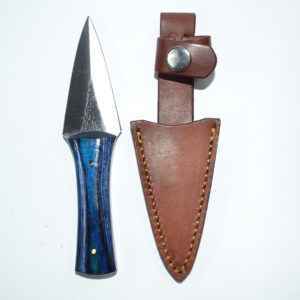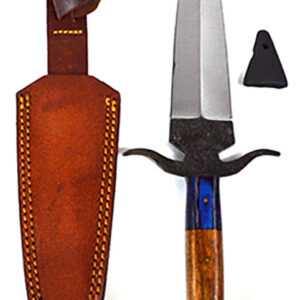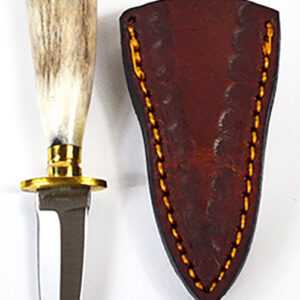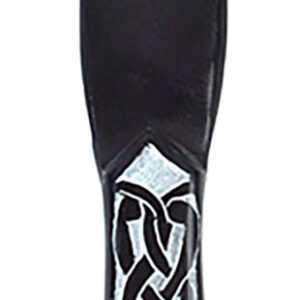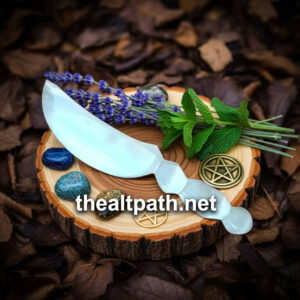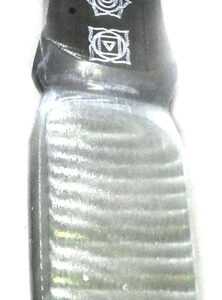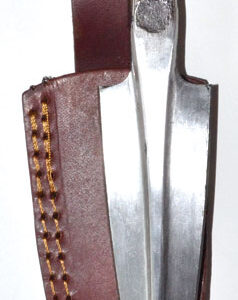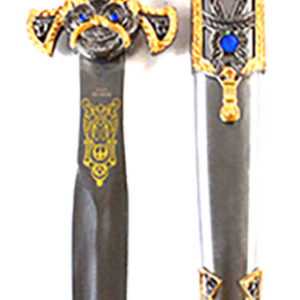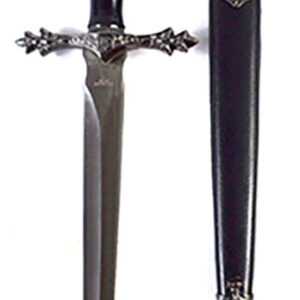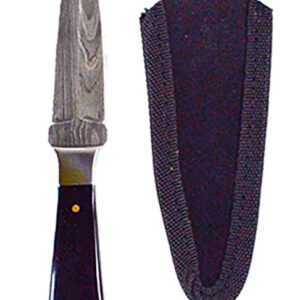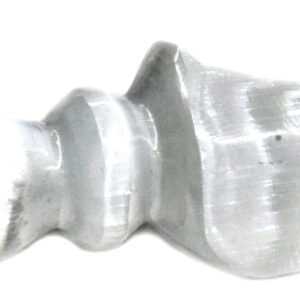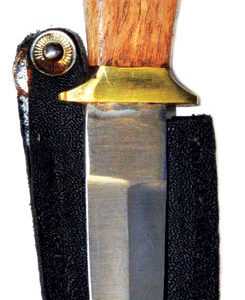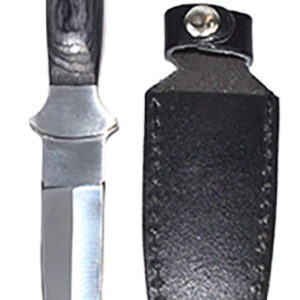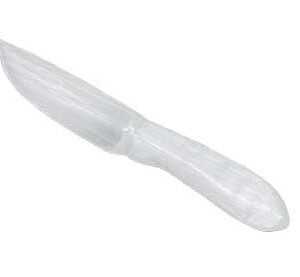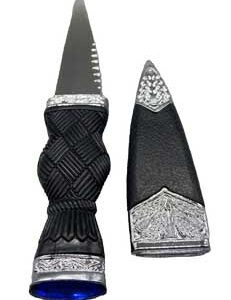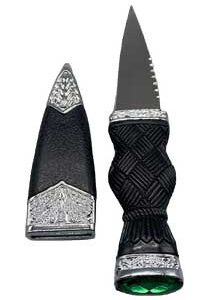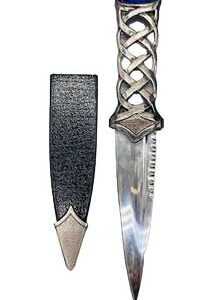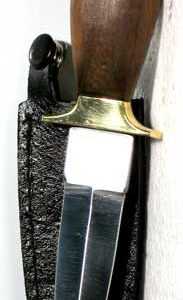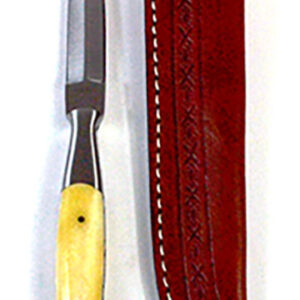Showing 1–24 of 52 results
 The witch blade, also called an athame, has long played a clear role in craft work. Many workers use the witch blade to guide intent, shape space, and move calm focus through their tools. They also use it to open workspace and point toward items like spell candles or totems. The witches blade helps many feel steady during their craft.
The witch blade, also called an athame, has long played a clear role in craft work. Many workers use the witch blade to guide intent, shape space, and move calm focus through their tools. They also use it to open workspace and point toward items like spell candles or totems. The witches blade helps many feel steady during their craft.
Shop for your witch blade and then check out with secure payment methods. We offer fast check out, wide stock, and warm customer care. We also ship your witches’ blade fast, and we pack every order with great care. You also get free shipping on all orders over fifty dollars, so your order ships with ease. If you have a question, you may contact us any time.
We have stock ritual blades in our metaphysical shop, too, come visit! Follow us for deals, new products and events on Instagram, Facebook (Meta), Pinterest or TikTok.
History of the Witch Blade
Many groups used witches’ blades as signs of strength and firm will. Old groups across many lands tied the blade to both daily life and craft work. They used blades for home tasks, travel, and safe work. Over time, these blades took on a deeper use in craft space, and many workers keep that link alive. Now the witch blade holds a place in both old ways and new paths.
Many workers use the witch blade to guide simple acts during craft time. They may lift the blade and point it toward the sky to mark a start. They may move the blade in a soft arc to shape space. These acts help guide focus and build calm flow in modern craft, just as they did long ago.
Ancient Egyptians, Romans and Greeks among other cultures have a rich magical history and the use of ritual blades. Many of those practices endure today.
Materials in a Witch Blade
Witch blades come in many safe shapes and materials. Some workers choose bone or wood handles because these blades feel warm and link them to the land. Others choose metal blades made in a wave pattern style often known for strong build and long life. This layered look feels smooth in the hand and holds up well during long craft use.
Some workers choose pale stone blades, sold as selenite blades. These pale stone pieces shine with soft light, and they help calm mood. They are not sharp and are used for craft steps that do not cut. Many enjoy this style of safe work.
There is also a curved herb knife, once called a boline. This knife is used for plant cutting and other helpful steps. Many keep both tools: one for plant work and one for craft space. Groups may also choose a longer blade like a short sword for shared work. The size and shape depend on the worker’s plan and style.
Pagan Designs
Witch blades come in many designs, and workers choose them for their own clear reasons. Some show the five-point star, which marks land, air, fire, water, and spirit. Others show the triple moon sign, which marks change and flow. These signs may help guide the worker’s mind.
Some blades show shapes linked to old tales or story groups. Workers who feel drawn to these ways choose blades with these signs. Others choose plain blades with no marks because they want a clean and simple tool. Some pick deer-themed blades or pale stone blades because the design matches their mood. Each worker chooses a blade that grows with their path.
Practical Uses of Ritual Knives
Many workers use the witch blade to guide intent during their craft. They may move the blade through the air or point it toward a set mark. These steps help build focus and shape their work. The blade helps hold their plan steady as they guide each act.
Many use witches’ blades to charge salts, spell powders or waters used in witchcraft.
Workers may also use the blade to open and close their circle and sacred space. They may raise it toward the sky to mark a start, then lower it to mark an end. These small acts help them feel safe and aware. They keep the space calm and clear.
Some use the blade to mark soft lines on the ground. They do not cut. They draw lines in sand or dirt to shape the craft area. Others use the blade to guide steps with light, scent, or sound. These moves help bring order, care, and calm to the process.
The Witch Blade for Ritual Use
Many workers place their witch blade on their altar so they can reach it with ease. The blade helps them center their focus during craft. It works with stones, candles, herbs, and scent. These tools together help build a calm and safe craft space. Each tool plays a part in shaping the worker’s steps.
Some groups choose a long blade for shared work. The long blade draws the group’s focus and helps guide each step. Others keep the smaller witch blade because it feels warm and simple. Both tools hold value when used with care.
The Necklace Athame: Convenient for Travel
Some workers choose a necklace witch blade for ease and travel. This small tool hangs from a chain and stays close to the heart. It is not sharp, and it works well for soft craft work. Many use it to point toward cards, stones, or candles. It helps them stay linked to their path even during a busy day.
Necklace blades often show small signs, like the five-point star or triple moon. These signs help guide the worker’s mind. The necklace blade serves as both a craft tool and a small charm that offers calm support.
Witches’ Blade in Modern Practice
Today the witches blade still holds a strong place in craft work. Many use it to shape space, set aims, or clear thoughts. They may place it near stones or candles. They may hold it when they want to feel steady. The blade often feels like an old friend as they grow through their path.
Workers often treat the blade as a sign of their craft life. The blade they choose reflects their taste, mood, and growth. A wood handle may show grace. A wave-pattern blade may show steady will. A pale stone blade may show calm. Each blade becomes part of the worker’s story.
The witches blade remains a steady tool because it helps shape clear steps. It holds both old meaning and new style, stays simple, firm, and warm in the hand. It helps guide the worker through each craft act.
A Witch Blade is Personal
The witches blade grows with the worker. It gains story and trust with each use. When a worker chooses their blade, they choose a piece that fits their plan, their touch, and their path. They may use it each day or only at key times. Yet the blade stays part of their work.
So, the witch blade endures. It stays clear and steady, helps the worker guide calm steps. It links past and present and remains a personal tool that walks with the worker through their craft road.

